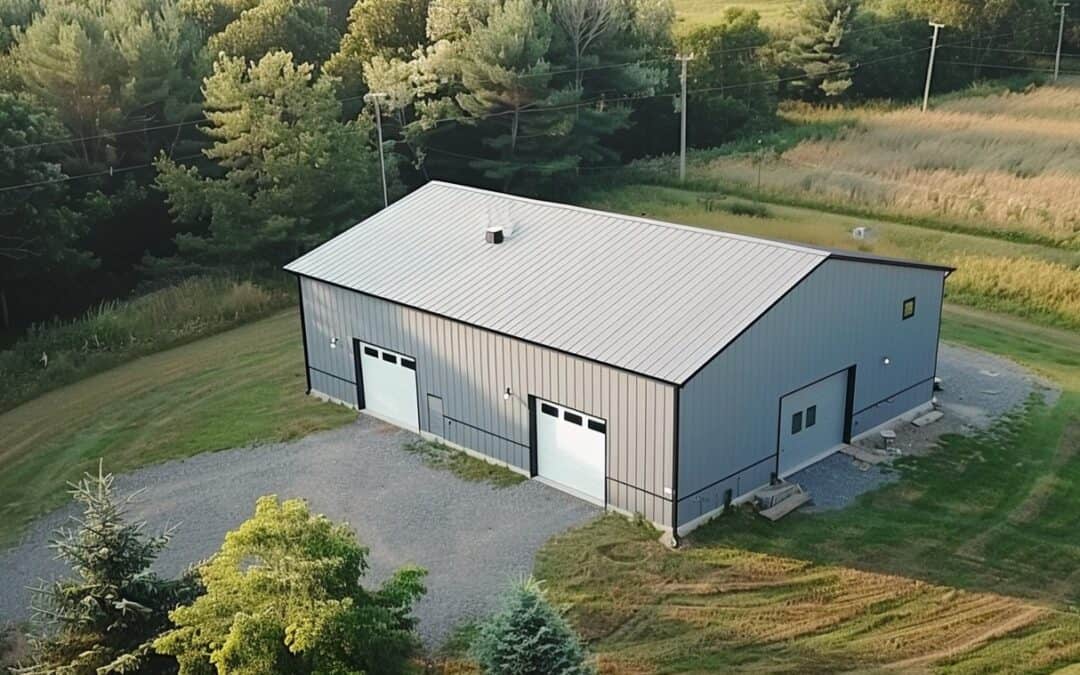U.S. High-speed rail projects: Progress in California, Texas, and other states
During the past few years, high-speed rail projects have captured the zeitgeist in a range of U.S. states. As we move further into the 21st century, the importance of efficient, speedy, and sustainable modes of transportation becomes increasingly apparent.
An Audacious Idea Takes Off
At first glance, the concept of a 200 mph passenger rail line seems ambitious, almost audacious. But despite the grandeur of the idea, infrastructure plans are moving ahead with unprecedented speed. Several states, including California and Texas, are making steady progress in fulfilling this audacious idea.
California: Leading the High-Speed Rail Revolution
A major player in this new revolution is the state of California. The plan? To construct a high-speed rail line spanning the distance between the sprawling metropolis of Los Angeles and the tech hub of San Francisco. And the speed isn’t the only impressive feature; the entire operation will be powered by 100% renewable energy, a testament to California’s commitment to a greener future.
Many see this project as a potential blueprint for other states to follow, considering its innovative energy source and sustainable infrastructure. The California high-speed rail project symbolizes not just an advancement in transportation but also a shift towards more sustainable practices in general.
Texas: Another Hotspot of Rail Innovation
Texas, another region pushing forward with high-speed rail initiatives, envisions a train that can whisk passengers from Houston to Dallas in just 90 minutes. This project, backed by Texas Central Railroad, is touted as a marquee investment into the Lone Star State’s economic future, with potential benefits including increased connectivity, job creation, and reduced road traffic.
The train’s infrastructure is based on the Central Japan Railway’s Shinkansen system, renowned worldwide for its punctuality, efficiency, and safety.
Despite facing local opposition and funding challenges, the Texas high-speed rail project is progressing steadily. Once operational, it will not only reshape the commuting landscape in Texas but also set a benchmark for other regions contemplating similar rail projects.
Implication on Construction and Real Estate Development
The impact of these high-speed rail projects extends beyond mobility. Real estate developers and construction companies stand to reap substantial gains from such initiatives.
Imagine the possibilities – increased land value in proximity to the rail routes, lucrative construction contracts, and the economic uptick as more people find it feasible to move between U.S. cities.
As an example, [steel building projects in Ontario] have witnessed increased interests and valuations due to the development of the high-speed rail line in the region.
The Bumps on the Tracks
However, it is not all smooth sailing, and these projects face their fair share of challenges. Land acquisition, funding shortfalls, and legal hurdles have all proven themselves significant obstacles to progress.
Undeterred, project proponents maintain their commitment, acknowledging that high-speed rail represents a transformative, long-term endeavor. They stress the potential benefits such as job creation, economic development, and environmental advantages that high-speed rail could bring to the American transportation landscape.
Looking Ahead
High-speed rail projects in the U.S. are very much a work-in-progress but show significant promise for America’s infrastructural future. By redefining long-distance travel, these projects could revolutionize America’s mobility paradigm, facilitating sustainable growth and development.
Have your say by leaving a comment below. Do you believe in the high-speed rail revolution in America? Will you ride the high-speed rail once built, or do you have concerns? We welcome your thoughts and encouragement.
For more on this news, reference the original news article here.
Remember, your voice genuinely matters when discussing such innovative and transformative projects.



